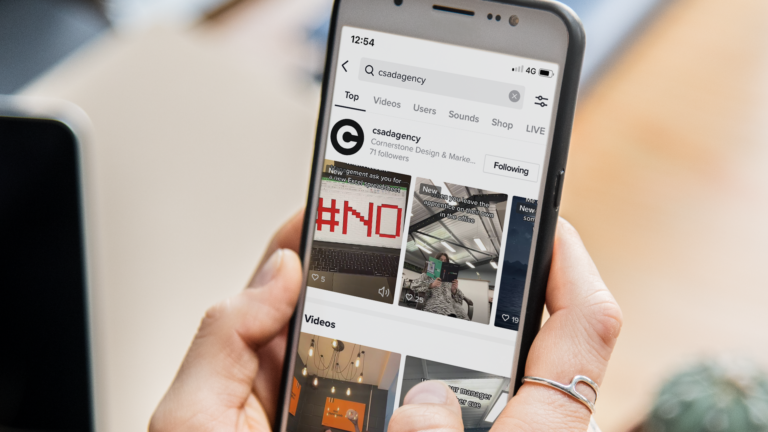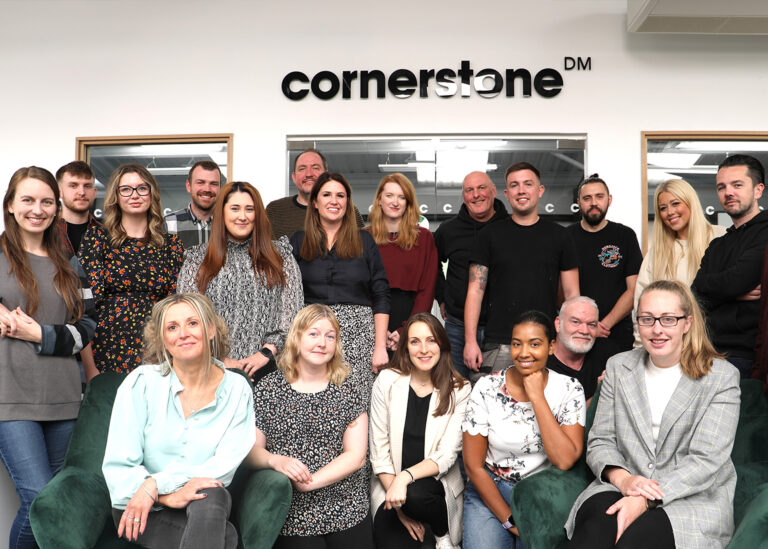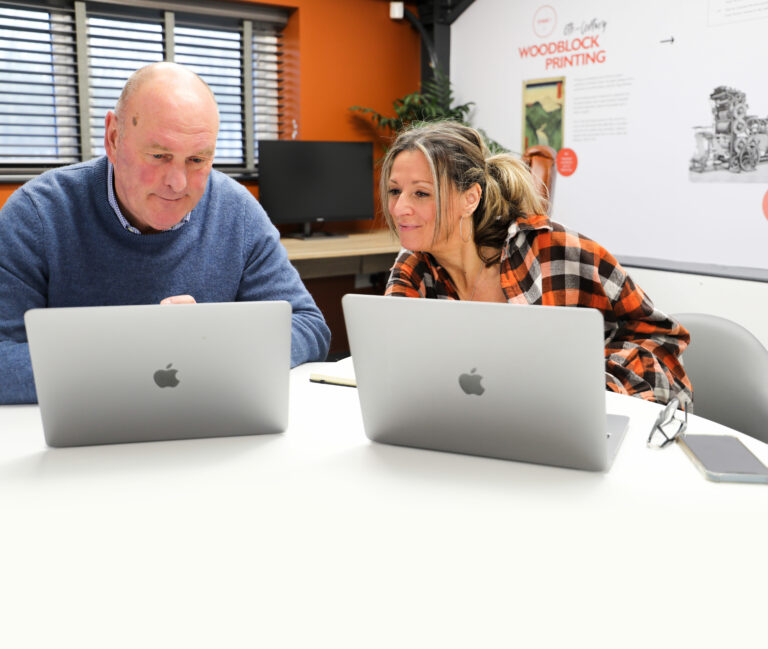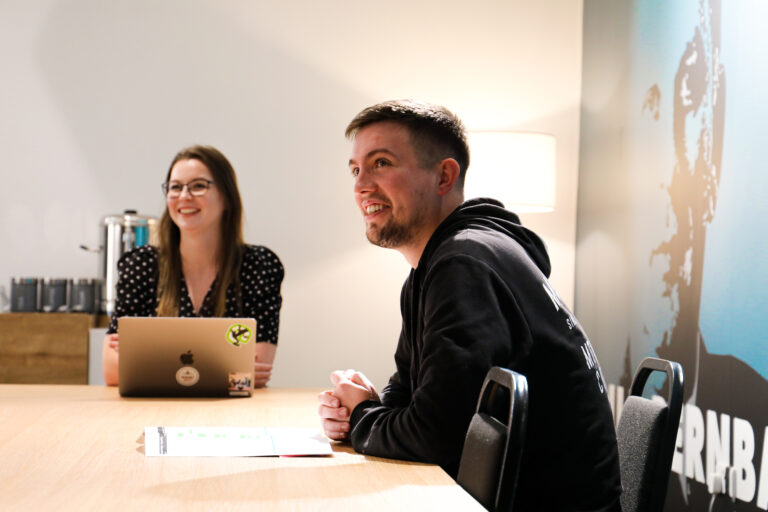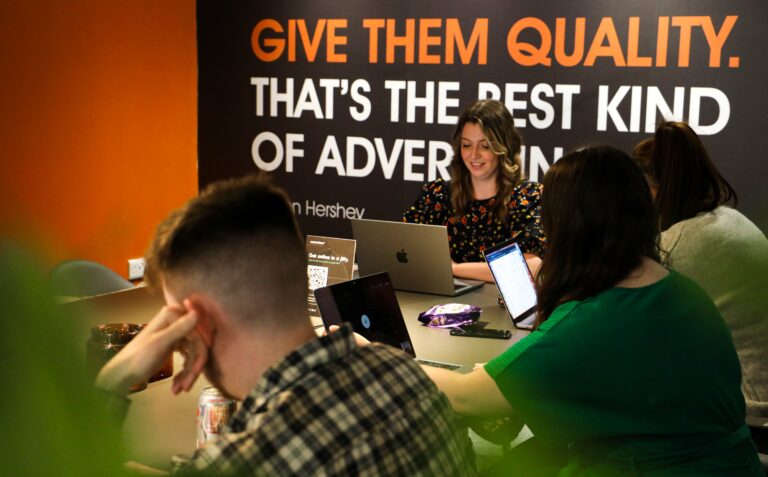Don’t make the mistake of viewing website accessibility improvements as worthy but of little real benefit to your organisation. In this blog, we explain the many benefits of accessible websites to both operators and users, the variety and scale of disability in the UK, and what steps can be taken to enhance your digital accessibility.
There are some interesting facts and figures which may surprise you, including how common some disabilities are and the sheer buying power of customers categorised as disabled.
So, whether you operate an existing website or are considering a new website, better accessibility to your online content for all users should be an important consideration in your marketing and communications plans.
As an ethical and entrepreneurial agency, we’re proud to work with public and private sector clients to make more-accessible websites and reap the multiple benefits that result from the changes. Benefits for our clients include boosts for their audience reach, reputation, SEO and sales, and improved engagement with existing and new customers, communities and wider society.
So, for commercial, technological, social and legal reasons, website accessibility is a wise investment which more organisations across all sectors are choosing.
An accessible website can be the one of the easiest ways to do business with many people including those with disabilities. We can help you make the changes and we love these types of projects.
Better digital accessibility is already benefitting millions of people year on year, including older people whose abilities change as they age but are increasingly using digital technology.
Businesses benefit too because disabled consumers have a combined spending power of £200 billion a year. So, don’t miss out on the sales potential of good website accessibility.
Let’s look at accessibility issues and how society is adapting in a bit more detail.
Web accessibility means that people with permanent or temporary disabilities, mild or more severe, can perceive, understand, navigate and interact with your website. Other conditions and situations faced by users, such as slow internet provision, can hinder website accessibility too and should be considered.
The various benefits mean that accessibility should be a prime consideration for all organisations and departments within them. You’ll save time and money by considering these factors at the start of a website design project. But accessibility improvements can also be made to existing websites.
Awareness of disability and accessibility needs is much better understood today than in the past. This can be seen in many commonplace examples including accessible transport, workplaces, education, homes, retail, leisure, sport and media, such as TV subtitles and online video captions. Your organisation’s marketing and website accessibility can be improved too.
It’s useful to realise just how varied and widespread disability can be.
Permanent and temporary disability in the UK.
Three million people in the UK have some kind of permanent disability or impairment, from milder to more significant forms.
- Over 2 million people live with sight loss
- 19% have a hearing loss – of which 6.5 million are aged over 60
- 8% of men and 0.5% of women are colour blind
- 10% of the UK population are dyslexic
- 5 million people have a learning difficulty
- 4 million people have some form of manual dexterity issue
- In addition, many other people suffer temporary disabilities, such as broken arms or repetitive strain injuries, or illnesses which hinder their physical or mental abilities for a shorter period of time.
Digital technology can play a key role in enhancing accessibility. So, you should aim to make sure your websites and mobile apps are accessible to everyone regardless of visual, hearing, motor or cognitive impairments. We can help.
Here’s a brief checklist for better website accessibility.
- Avoid keyboard traps. Some people use assistive technologies which use keyboard-only navigation. So, an accessible website must work without a mouse.
- Make sure all images on a site have relevant alt tags.
- Visual contrast. Use clear, contrasting colours to ensure all users can see different elements on the website.
- ARIA labels can define the purpose for a particular element, such as an article or button or describe a form or the width of a progress bar.
Keyboard navigation is often used by people with motor impairments who have difficulty using a mouse, such as repetitive strain injury, or visual impairments who rely on screen readers because they are unable to see where on the screen to click with a mouse. But keyboard navigation also appeals to others without any disabilities who simply find it more efficient and convenient.
Take the challenge – put your website through an informal test:
- Remove the mouse. Can you navigate your website by only using the keyboard?
- Does it work with a screen reader?
- Does functionality and content remain stable with a screen magnifier or zooming-in?
- Is your website genuinely easy to understand and navigate?
- Why not ask someone effected by a disability or impairment to give you some honest feedback?
Time for action?
We can help with your website accessibility or provide an accessibility evaluation of your website and mobile app. Contact us to find out more about our full range of digital and marketing services.
We love website projects along with digital media, communications and marketing. We work closely with like-minded, forward-thinking clients in sectors that include leisure marketing, wellbeing, NHS marketing, medical research, scientific and manufacturing.
Many clients treat us like an extension of their own marketing departments. As a full-service agency, they can choose a mix of different services they require over time – from research and strategy to subsequent development, design and launch stages.
We’re optimised to help your organisation in many ways – so get in touch to find out more.



